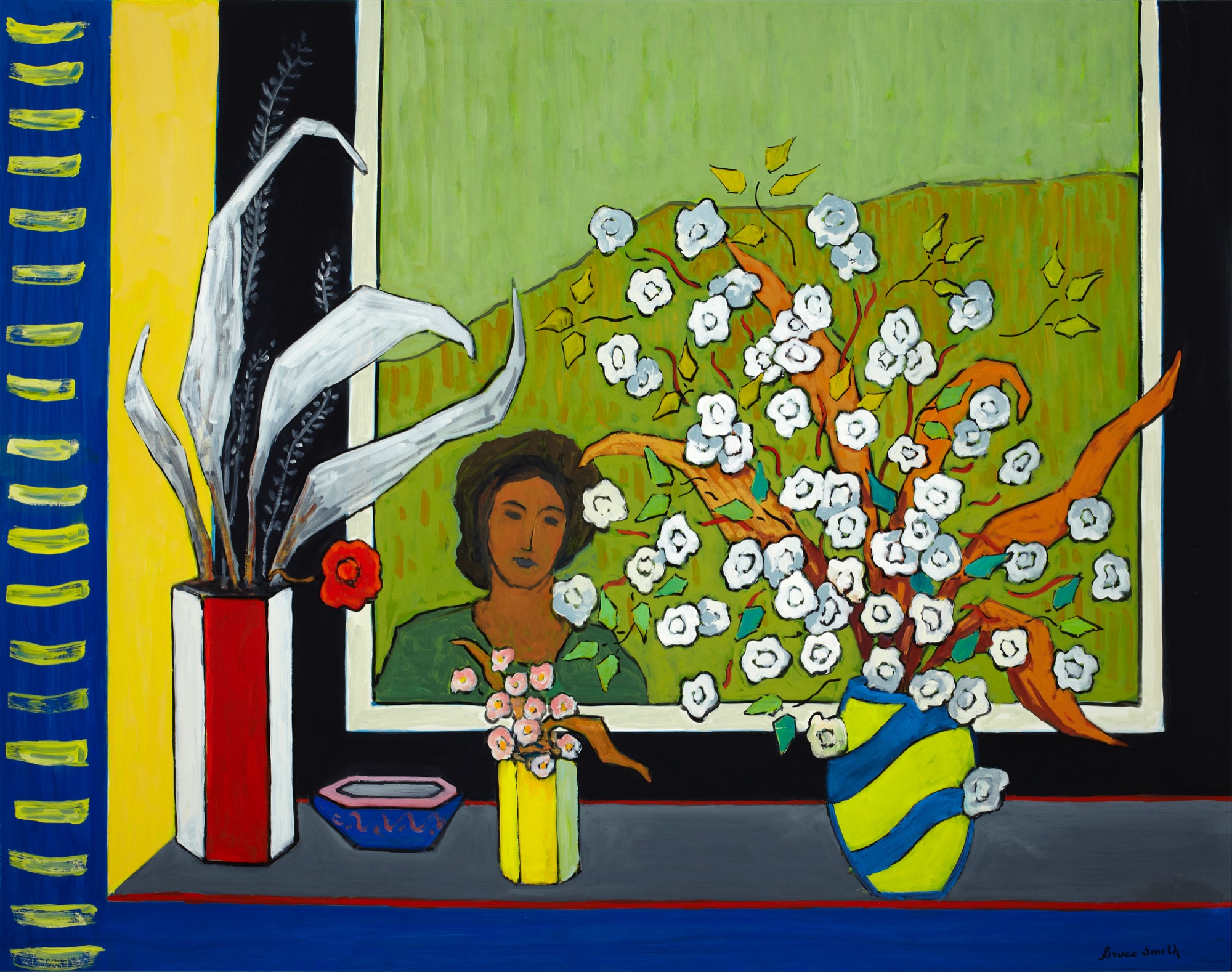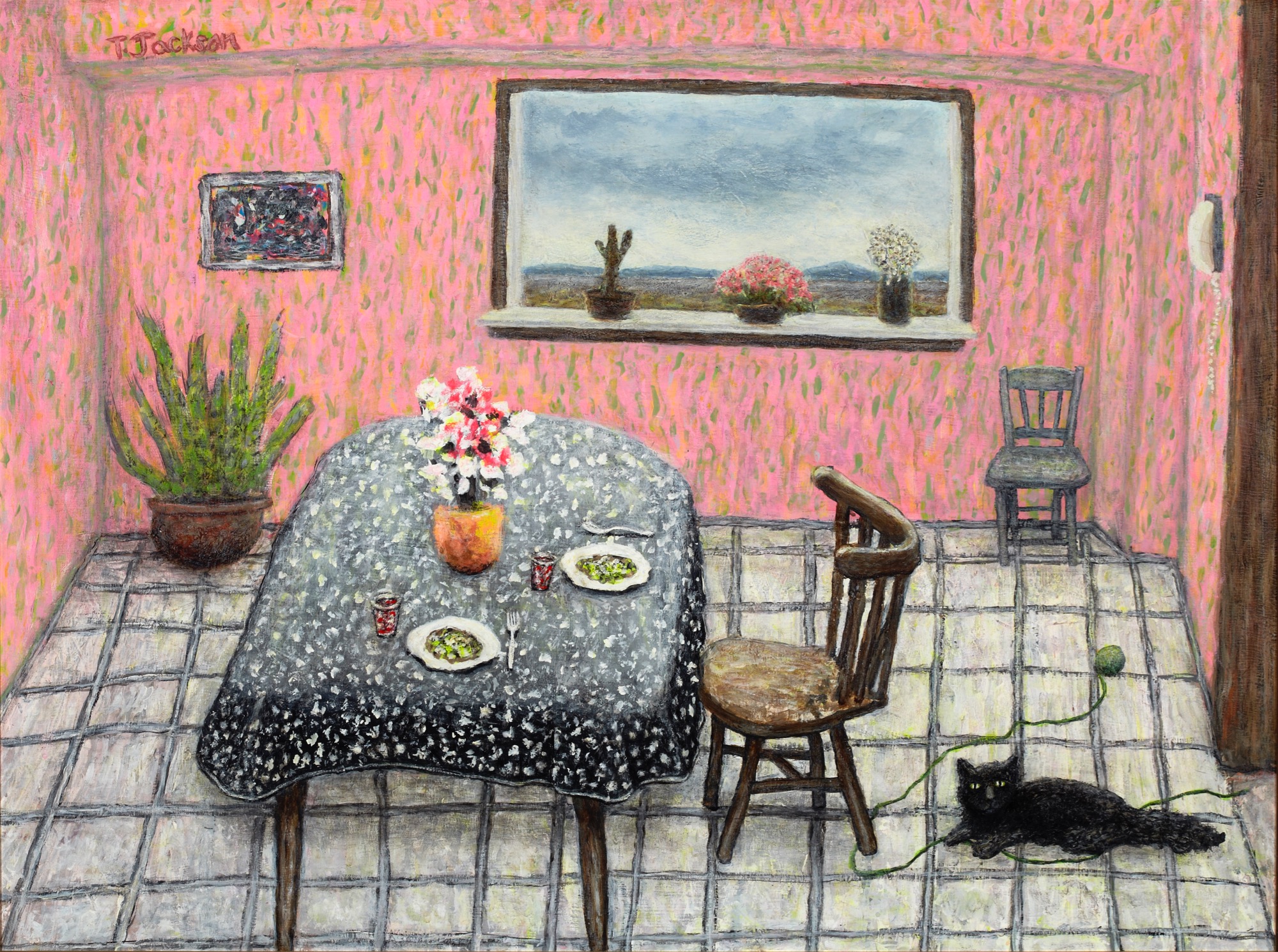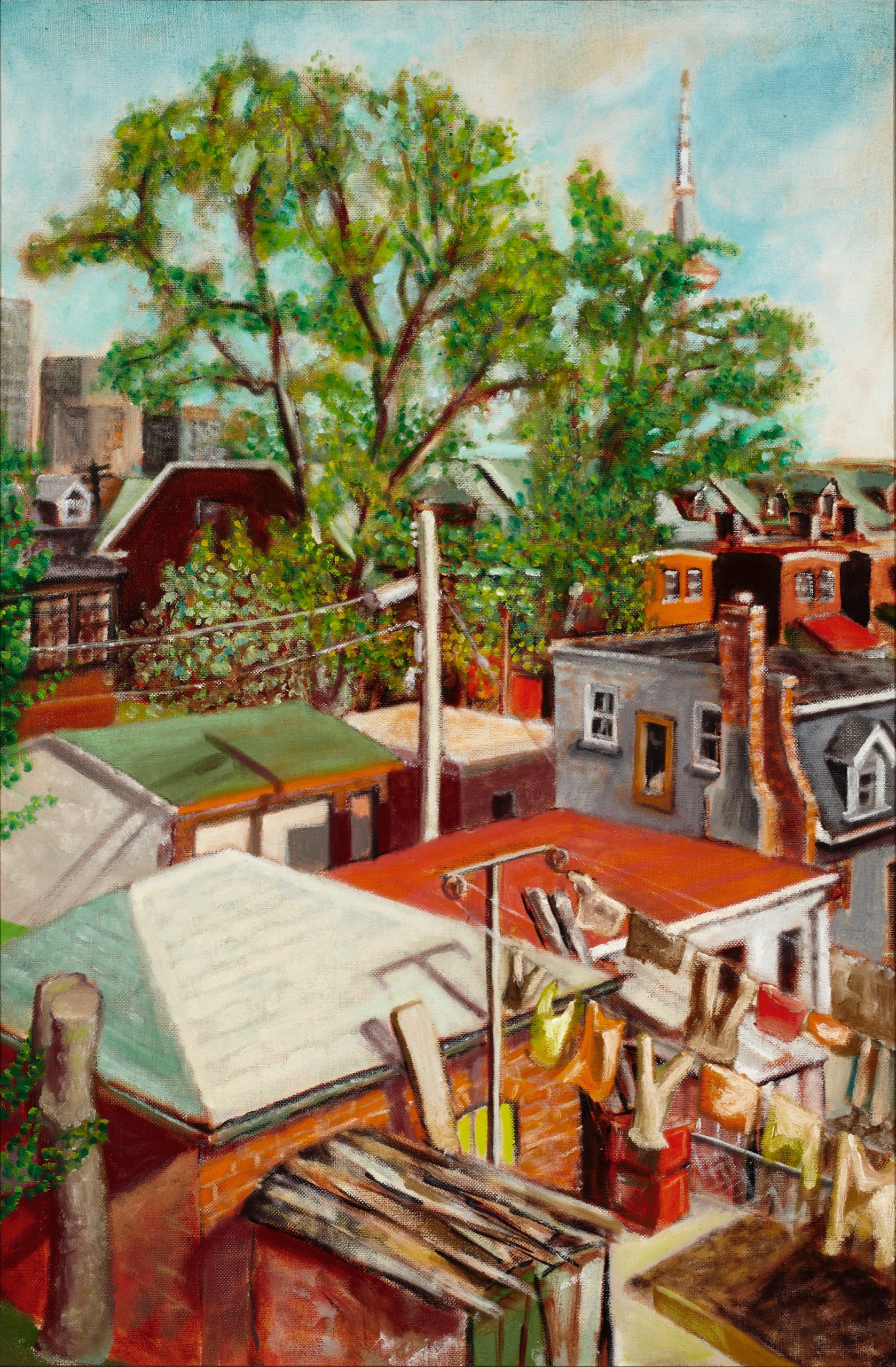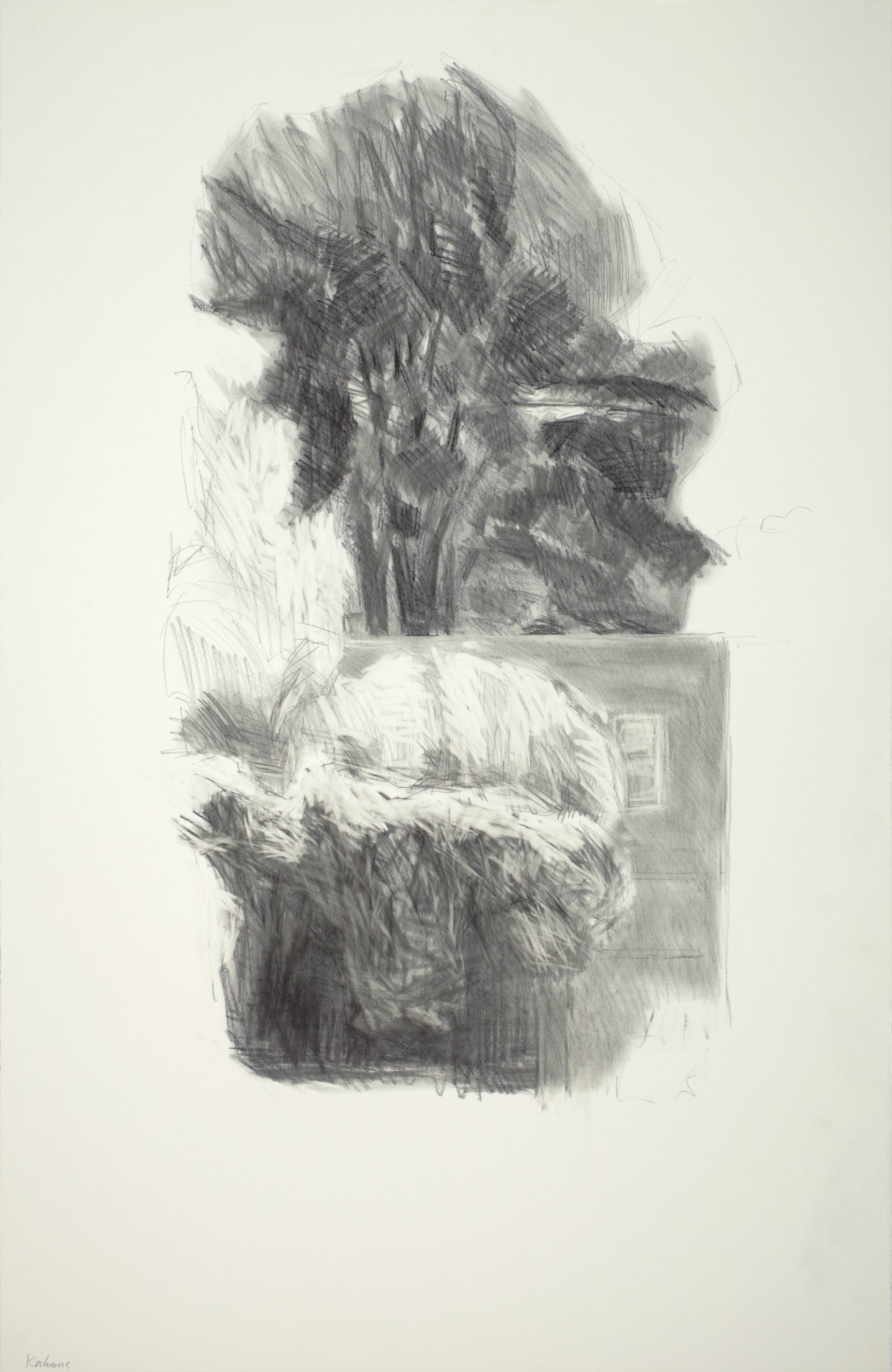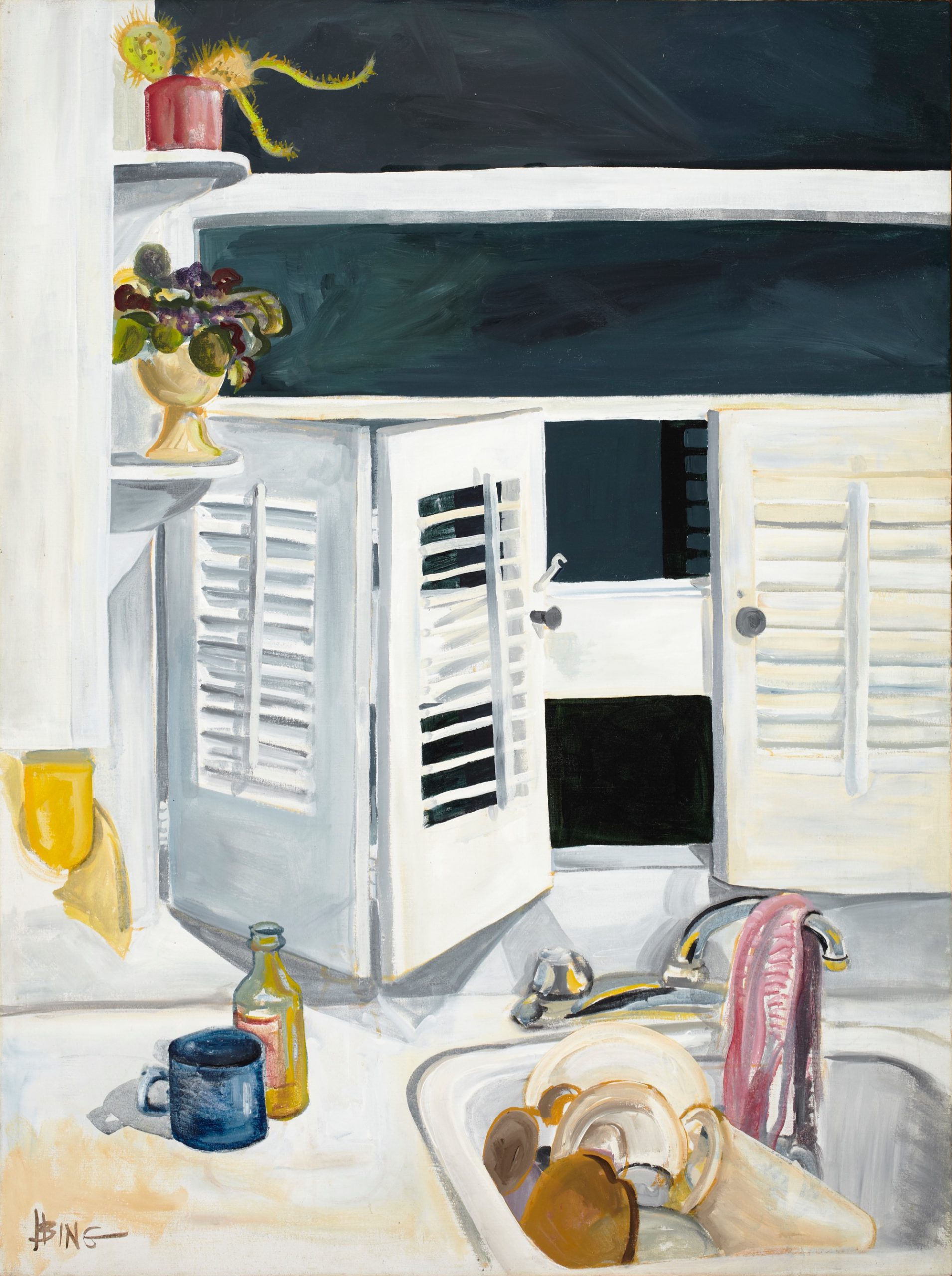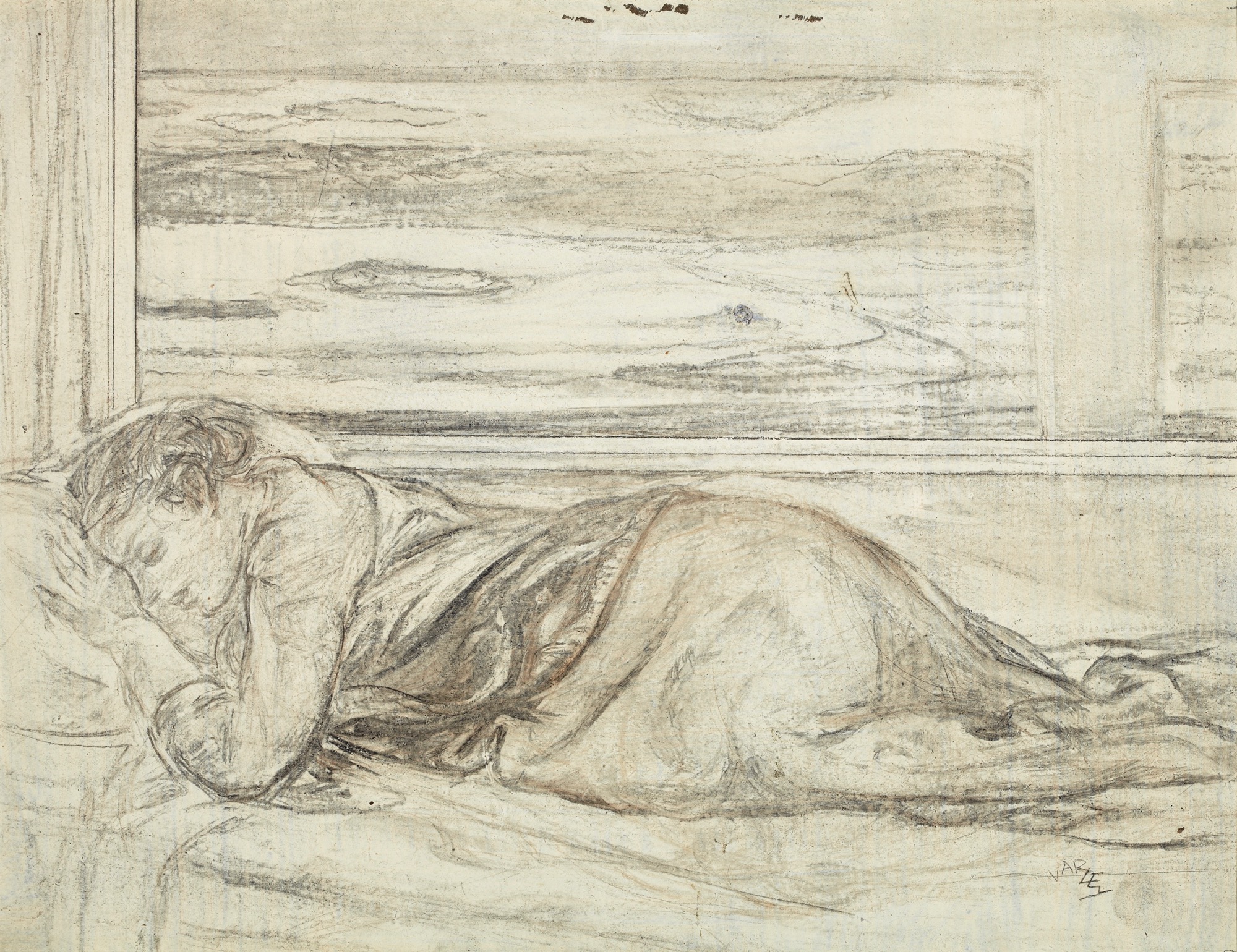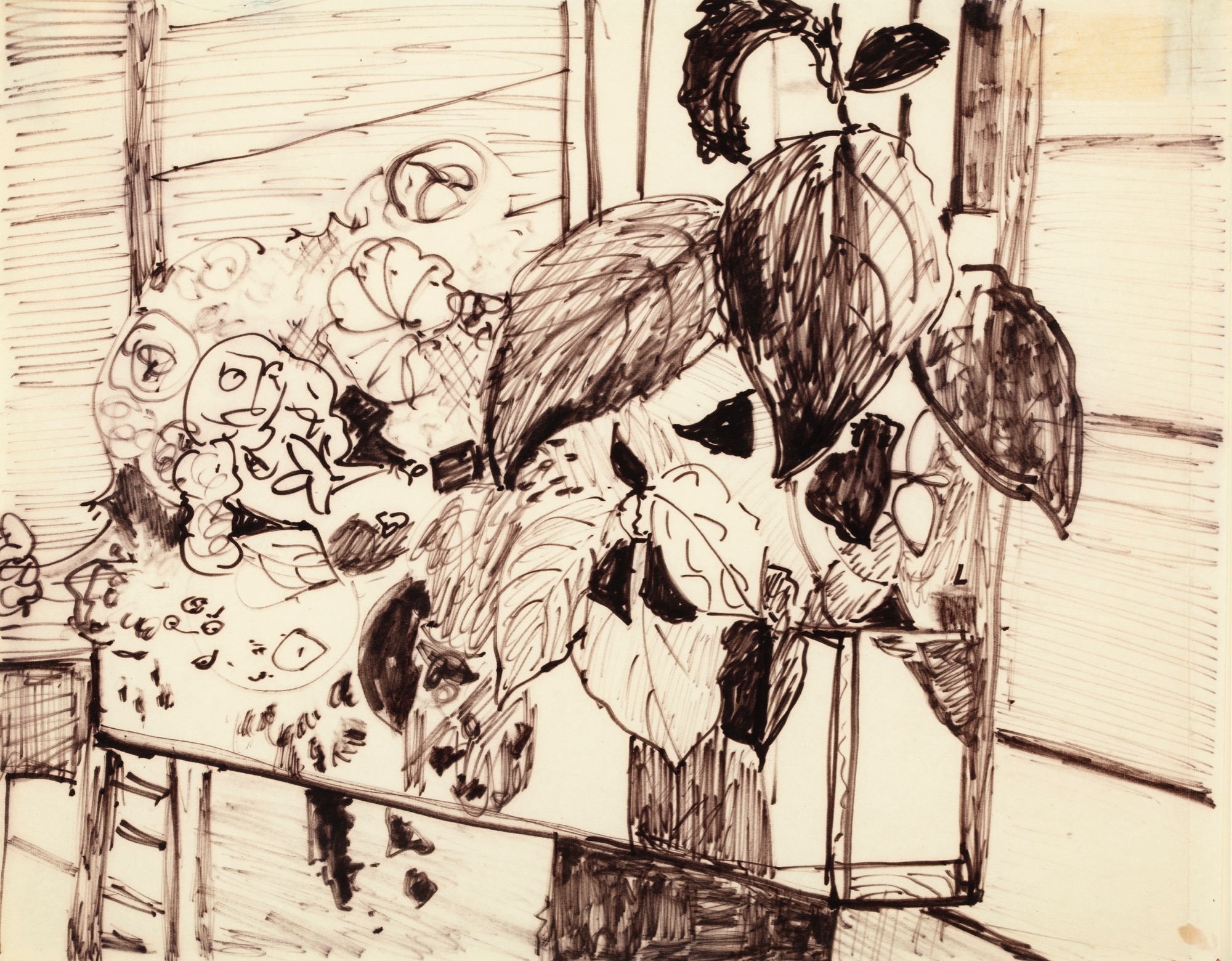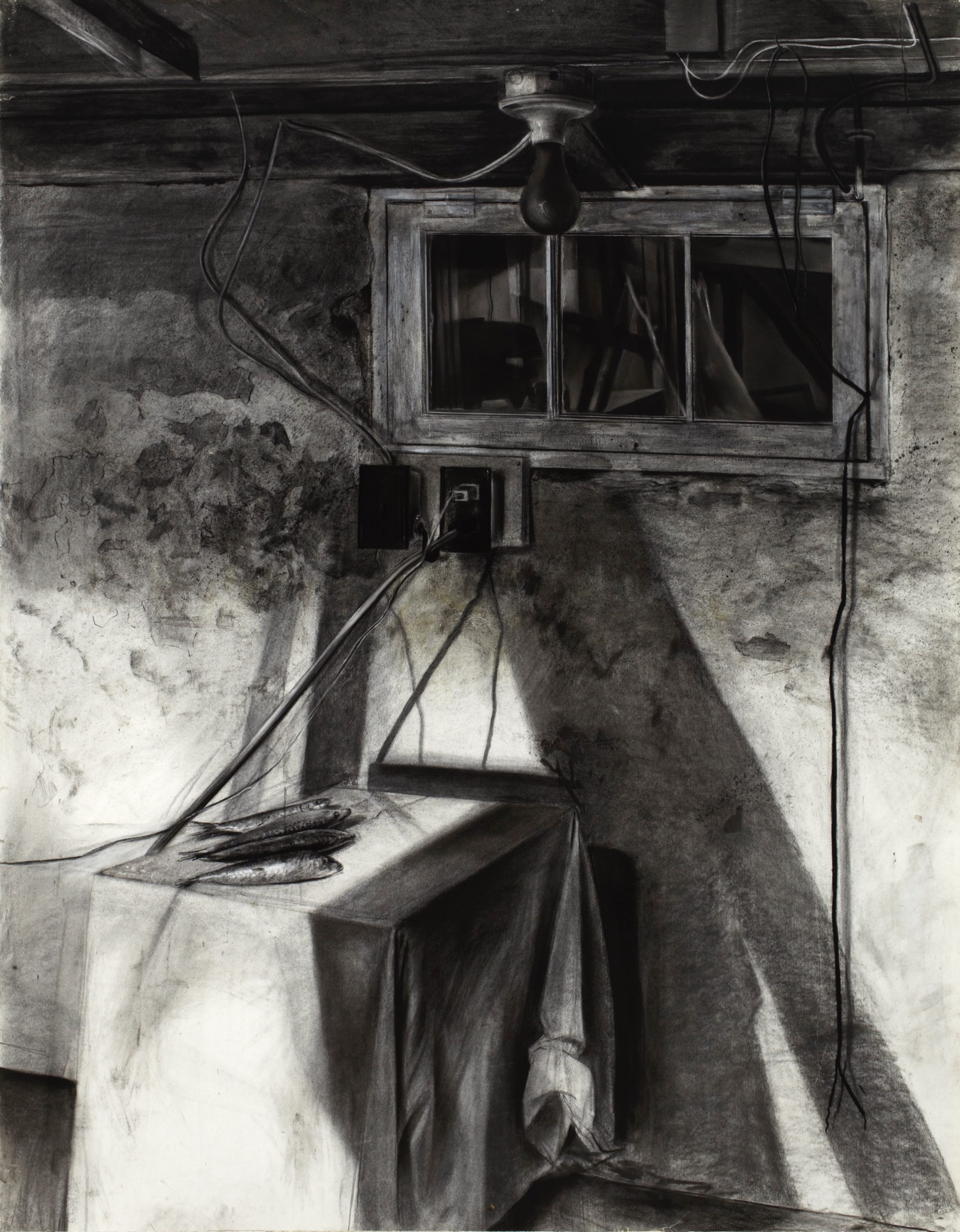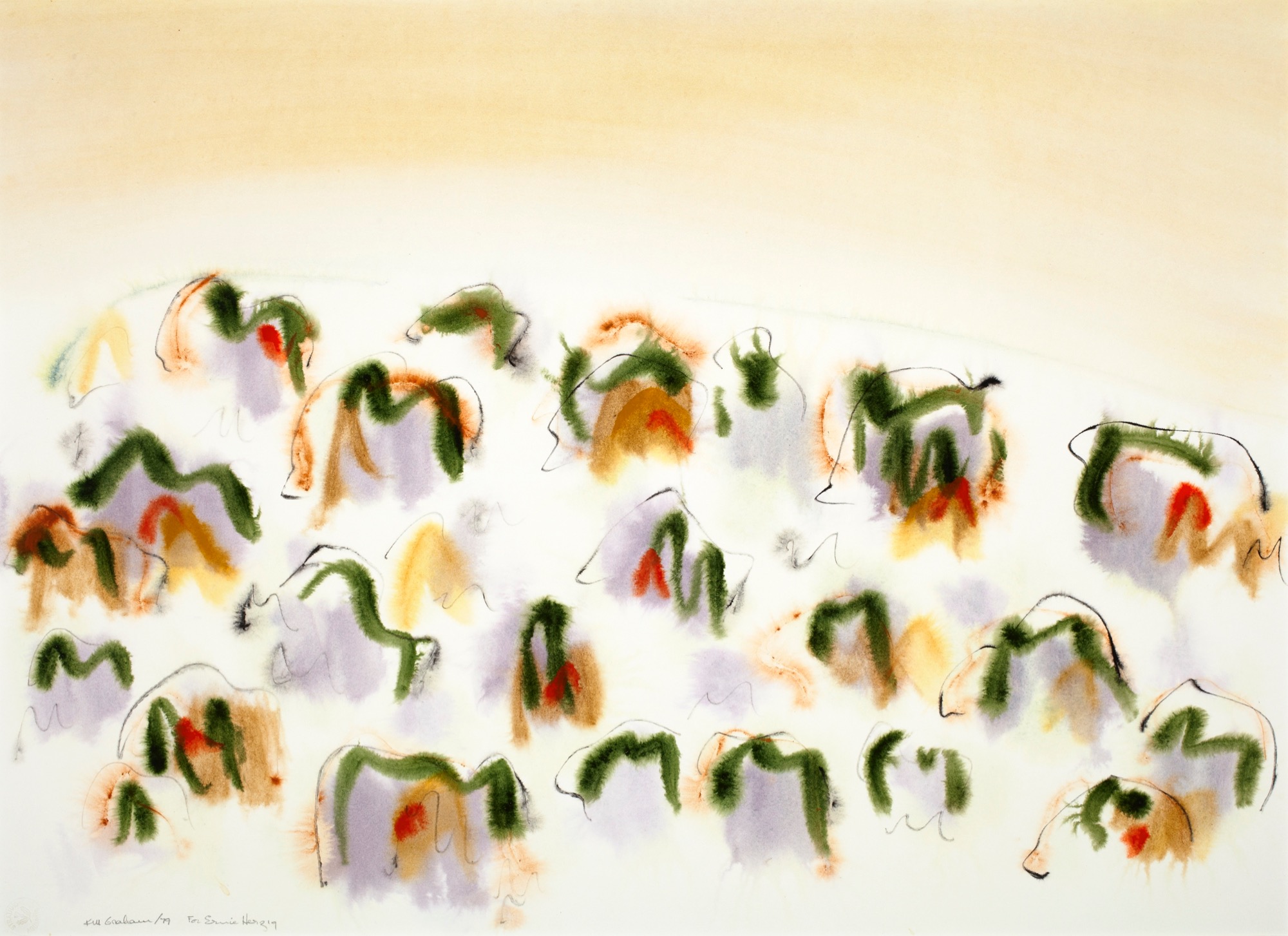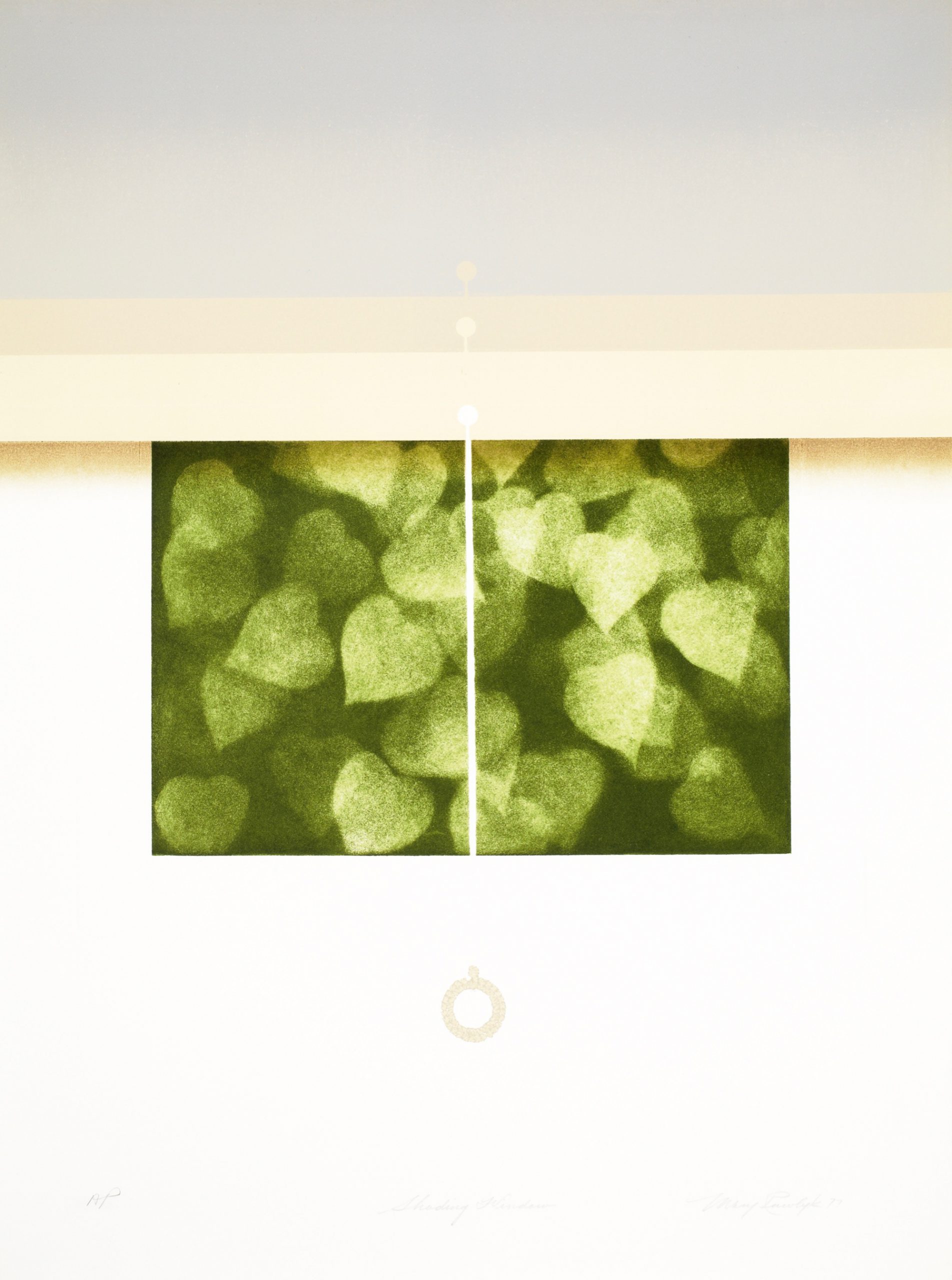During this time of social-distancing and, in some cases, isolation, we are watching the world go by from our windows. They are portals through which we can escape and take in the views. Windows have long been a popular motif in art, often used for their ability to convey different perspectives or emotions and to frame interior spaces. This exhibition, featuring works from the RMG’s Permanent Collection, delves into the many ways artists use windows in their work.
Because windows are frames within themselves, they can provide interesting perspectives between the inner and outer world. In Bruce Smith’s painting Face in the Window (Figure 1.) the landscape and figure outside are of equal importance to the window frame and bouquets on the sill. Here, the natural beauty that you would typically see outside, is sitting in vases inside while a women looks in through the window—a playful inversion of these spaces. While in other works, the window is the subject itself. For example, in Paul Fournier’s Untitled (Sketch for Florida Mirror Series) (Figure 2.) and Denise Ireland’s Studio on Albany (Figure 3.), the artworks are framed by the contours of the window. Through both windows you get a glimpse of the natural world, but it’s only a minimal view, with the window itself being the focal point. In contrast, Caven Atkins’ painting From My Studio Window, Winnipeg (Figure 4.), the window frame is not visible but instead the focus is on the view; a look at the world from above, offering a different perspective on urban life.
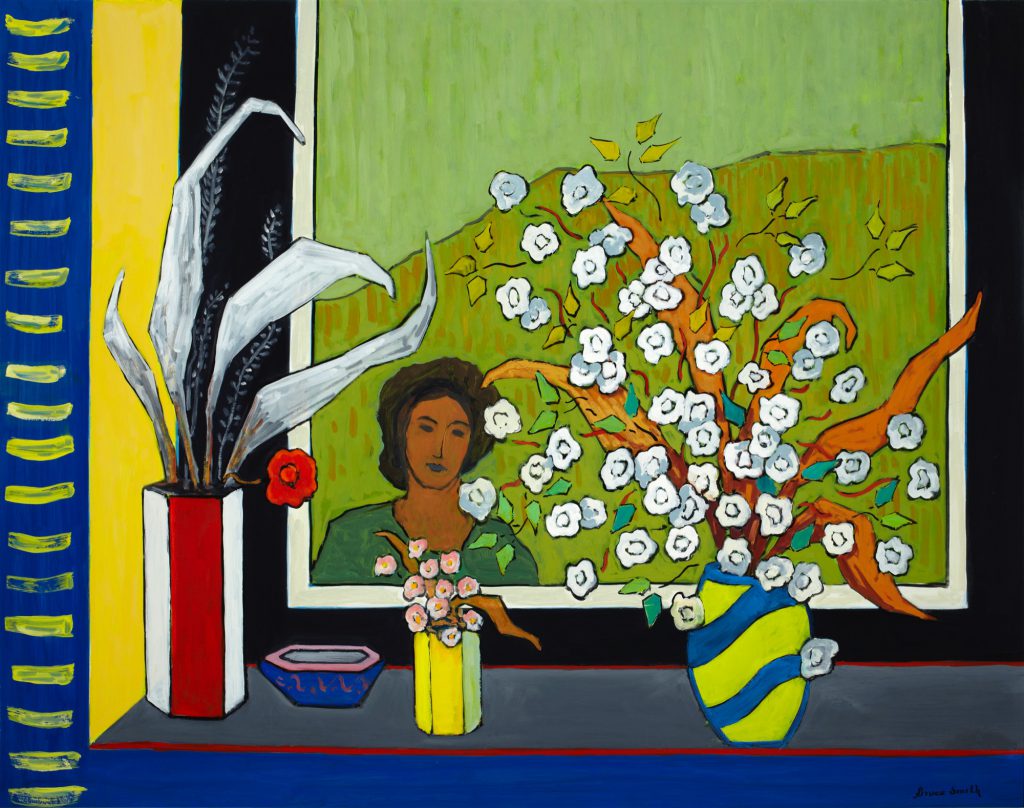
Figure 1. Bruce Smith (Canadian, 1925 – 2005), Face in the Window, oil on Masonite, 1996. Gift of Lorne Smith, 1998.
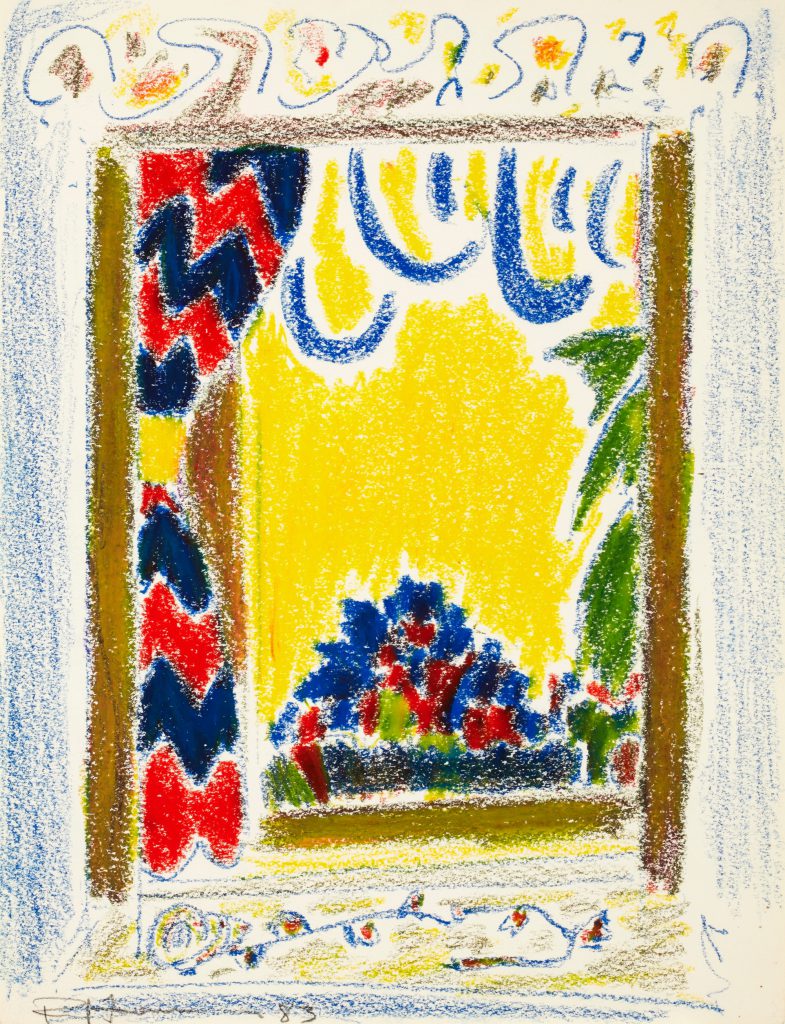
Figure 2. Paul Fournier (Canadian, b. 1939), Untitled (sketch for Florida Mirror series), coloured pencil and wax crayon on paper, 1983. Gift of the Estate of Alkis Klonaridis, 1993.
The window can also simply be an architectural or compositional accent in the background of an interior space, providing a source of light or even just adding a point of interest. For example, in the religious painting by Robert Harris, Bedside Scene (Figure 5.), the light spilling through the window has the clear purpose of illuminating the young boy sitting in darkness.
In stark contrast to the interior views of windows, inside looking out, there are a couple examples of windows as seen from outside. While peering through the sheer curtain of a window in Susan Scott’s, The Party (Figure 6.), you can see the glowing lights of a party with guests dancing, giving the viewer a glimpse into their private world.
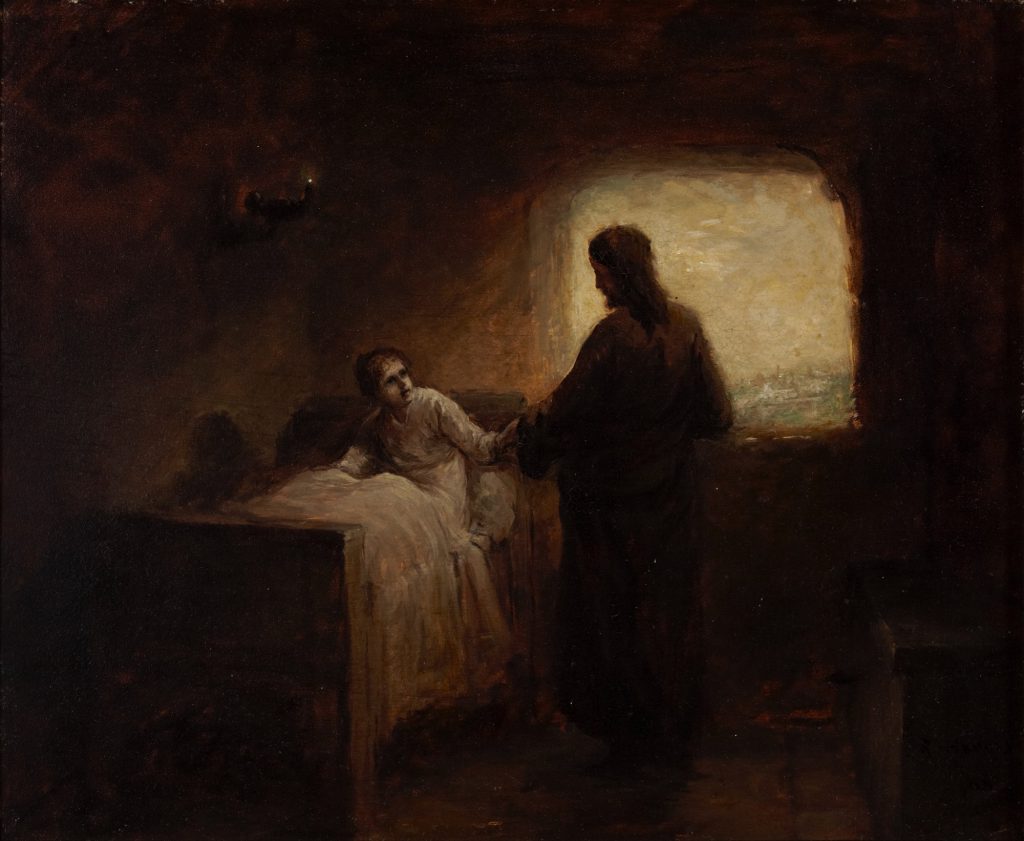
Figure 5. Robert Harris (Canadian, 1849 – 1919), Bedside Scene, oil on millboard, 1885.
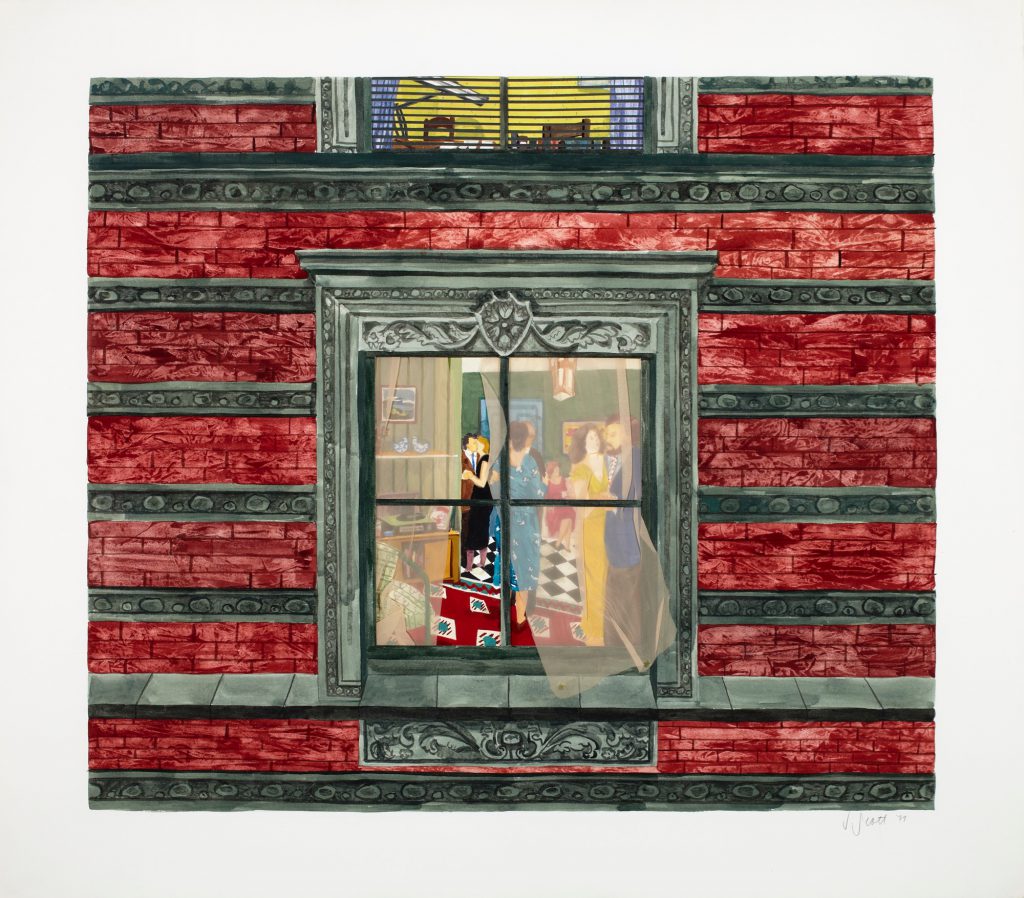
Figure 6. Susan Scott (Canadian, b. 1949), The Party, gouache, graphite and fabric on paper, 1979.
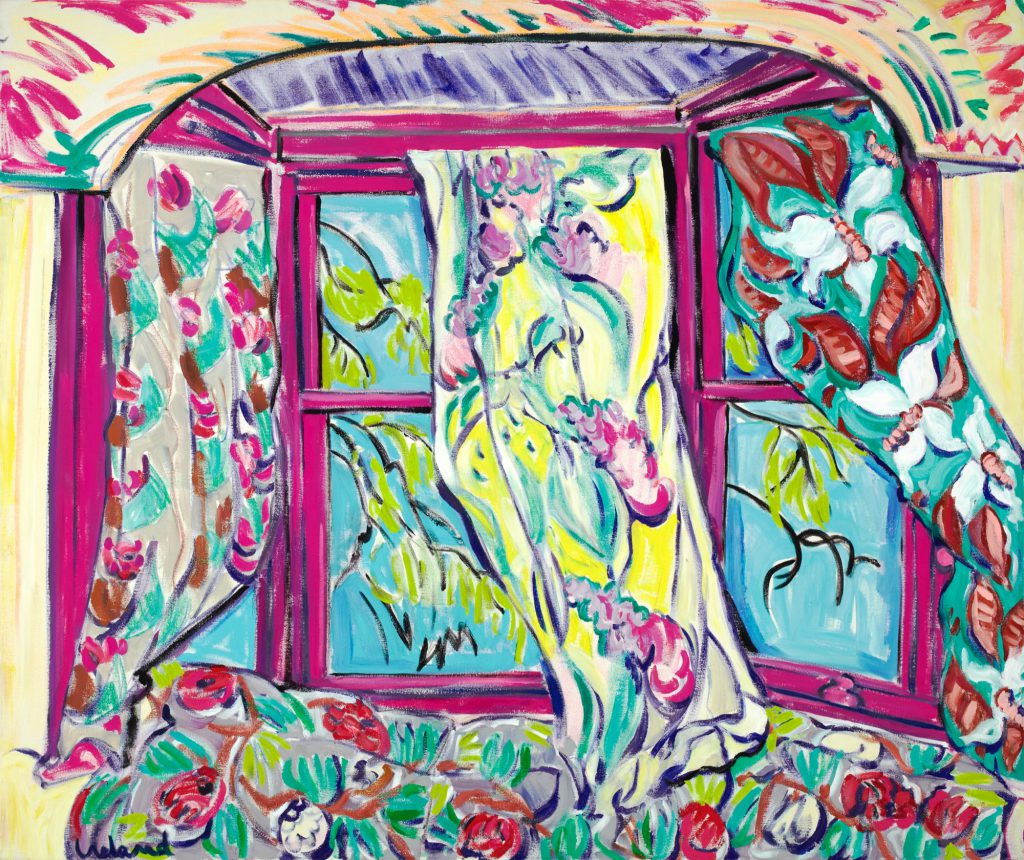
Figure 3. Denise Ireland (Canadian, b. 1949), Studio on Albany, acrylic and pastel on canvas, 1981.
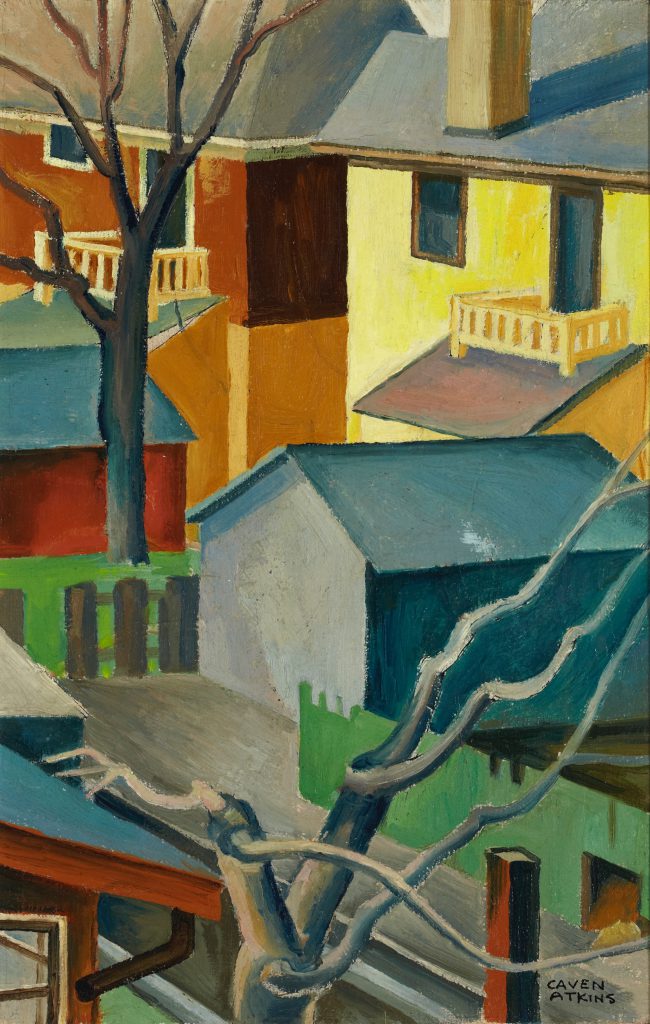
Figure 4. Caven Atkins (Canadian, 1907-2000), From My Studio Window, Winnipeg, oil on panel, 1931. Gift of Christie Hewlett, 2009.
Windows can also convey feelings of loneliness and yearning, as well as be a metaphor for hope. For example, in Jeremy Smith’s drawing, Still Life (Figure 7.), a forlorn looking man stares at his cat with the blinds pulled down over the window in the background. The lowered blinds create a barrier between this man and the outside world, adding to the melancholy of the work. While in Isabel McLaughlin’s Budding Hyacinths (Figure 8.) the stark winter landscape through the window and the beautiful hyacinths budding inside suggests the hopeful sign that spring is right around the corner.
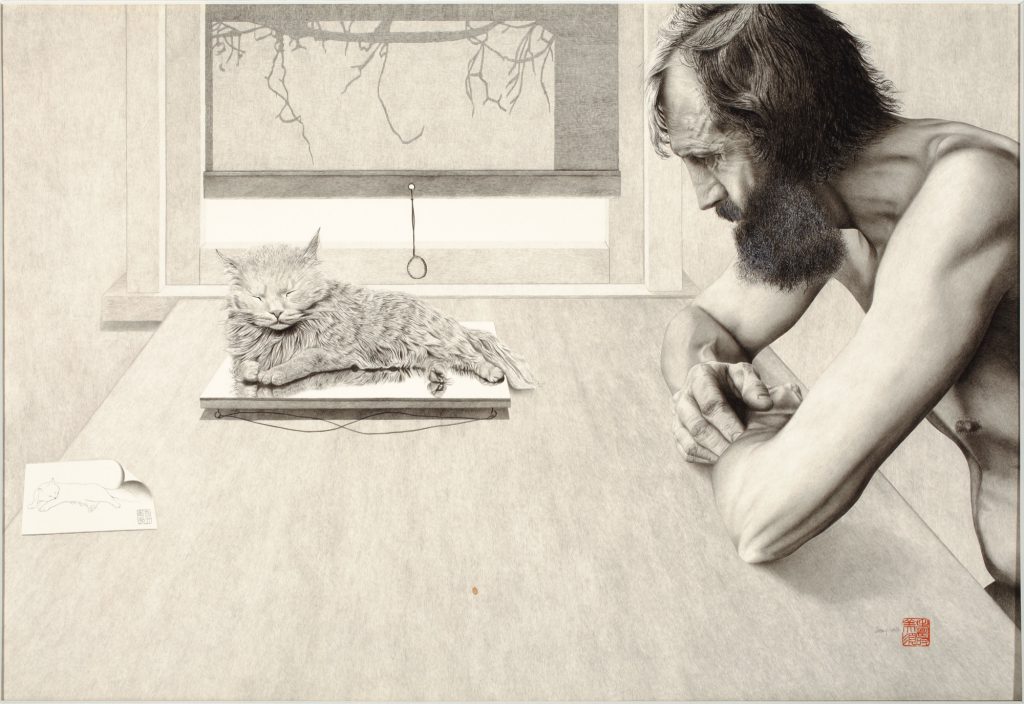
Figure 7. Jeremy Smith (b. 1946), Still Life, ink on paper, 1973. Gift of Mira Godard, 1991. Used with permission from Mira Godard Gallery.
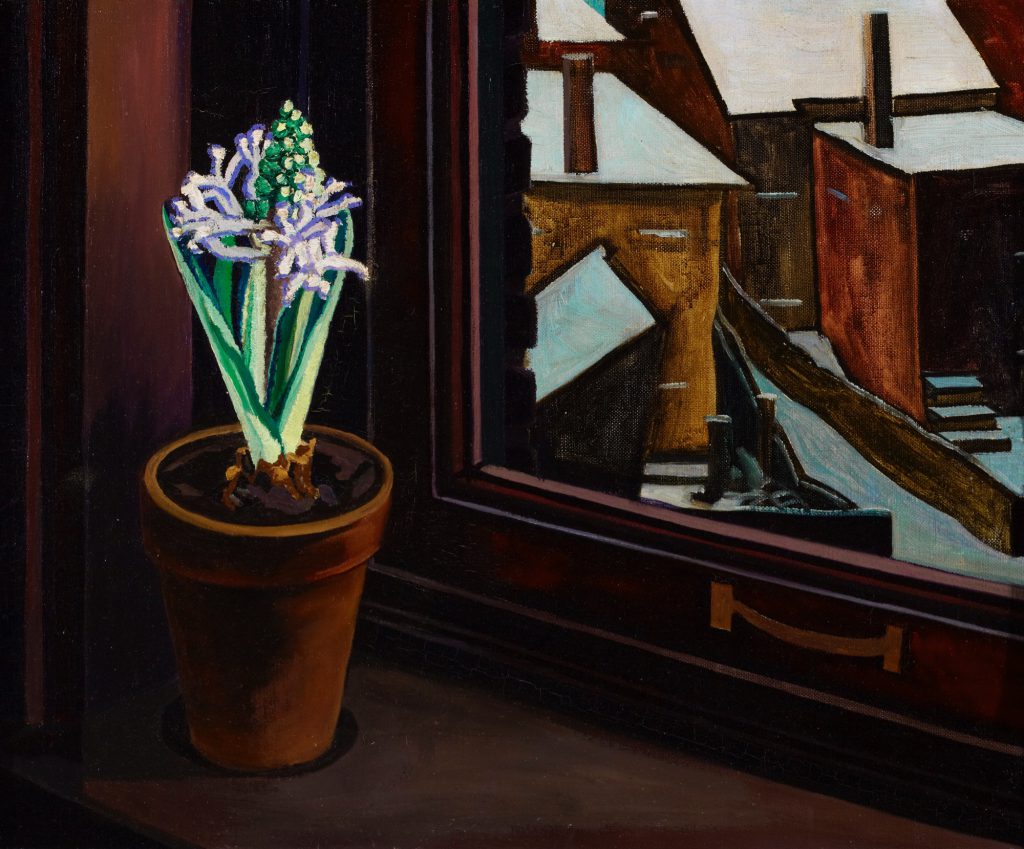
Figure 8. Isabel McLaughlin (Canadian, 1903 – 2002), Budding Hyacinths, oil on canvas, c.1933. Gift of Charles Goldhamer, 1983.
Windows are our link to both inner and outer worlds. Artists have been inspired to use windows in their work for centuries, giving them ample ways to explore and think about the world around them, which is fitting as they can do the same for us.
